This volume records the daily and weekly activities of Albert Speer in his role as Reich Minister for Armaments and War Production during 1943. Written in the third person, it functions as a semi-official diary, compiled by his staff to document Speer’s movements, meetings, and key decisions.
The entries cover:
- Regular conferences with Adolf Hitler, Joseph Goebbels, Hermann Göring, Karl Dönitz, and senior Wehrmacht commanders.
- Reports on weapons programs, armaments production, aircraft and tank development, naval construction (including U-boats), and raw materials allocation.
- Internal ministry conferences on industrial rationalisation, manpower shortages, and use of foreign/forced labor.
- Visits to factories, armaments plants, and front-line regions, as well as Speer’s inspections of damage and rebuilding efforts.
- Notes on propaganda events, speeches, funerals, and public appearances, reflecting the overlap of Speer’s technical and political roles.
The chronicle is structured in chronological order, beginning in early January 1943 and continuing through mid-year, giving a continuous overview of Speer’s official schedule.
Disclaimer
This document is a historical record created within the Reich Ministry for Armaments and War Production during 1943. It reflects the administrative perspective and language of the Nazi regime. As such, it may contain terminology, viewpoints, and descriptions that are offensive, misleading, or propagandistic.
The inclusion of this document in the archive is for purposes of historical research and documentation only. Its presence does not imply endorsement of the views expressed within. Researchers are advised to approach the material critically, taking into account its context of origin and the ideological environment in which it was produced.
Condition Note
The document consists of approximately 150 typewritten pages produced during the wartime period, most likely from carbon-copy duplication. The overall condition is moderate to good: the pages are intact, without major structural damage, but the text shows expected signs of age.
-
Legibility: The majority of entries are clear and readable. However, some sections display fading ink, uneven impressions, and occasional smudging, typical of carbon copies and heavy typewriter use. A few pages are lighter than others, requiring careful reading or digital enhancement to ensure accuracy.
-
Physical condition: The paper shows signs of aging with yellowing, slight brittleness, and handling wear, but no major tears or missing sections are evident.
-
Continuity: The document is complete and continuous in chronology, with no significant gaps in content.
-
Reproduction potential: High-quality digitisation is possible, though contrast adjustments may be needed to improve legibility on faded pages.
Overall: The file is in stable archival condition, with the majority of content legible and suitable for scholarly research, though some passages may require magnification or digital enhancement for full clarity.

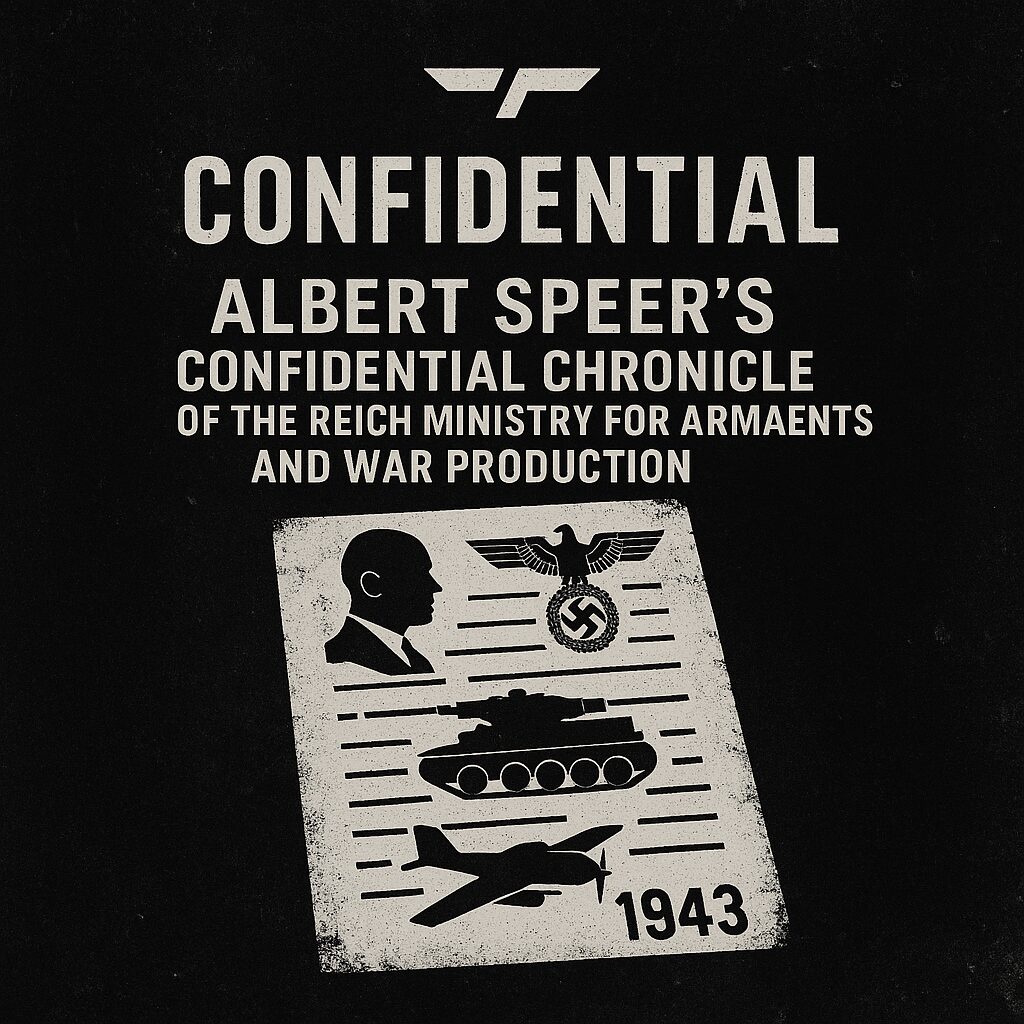
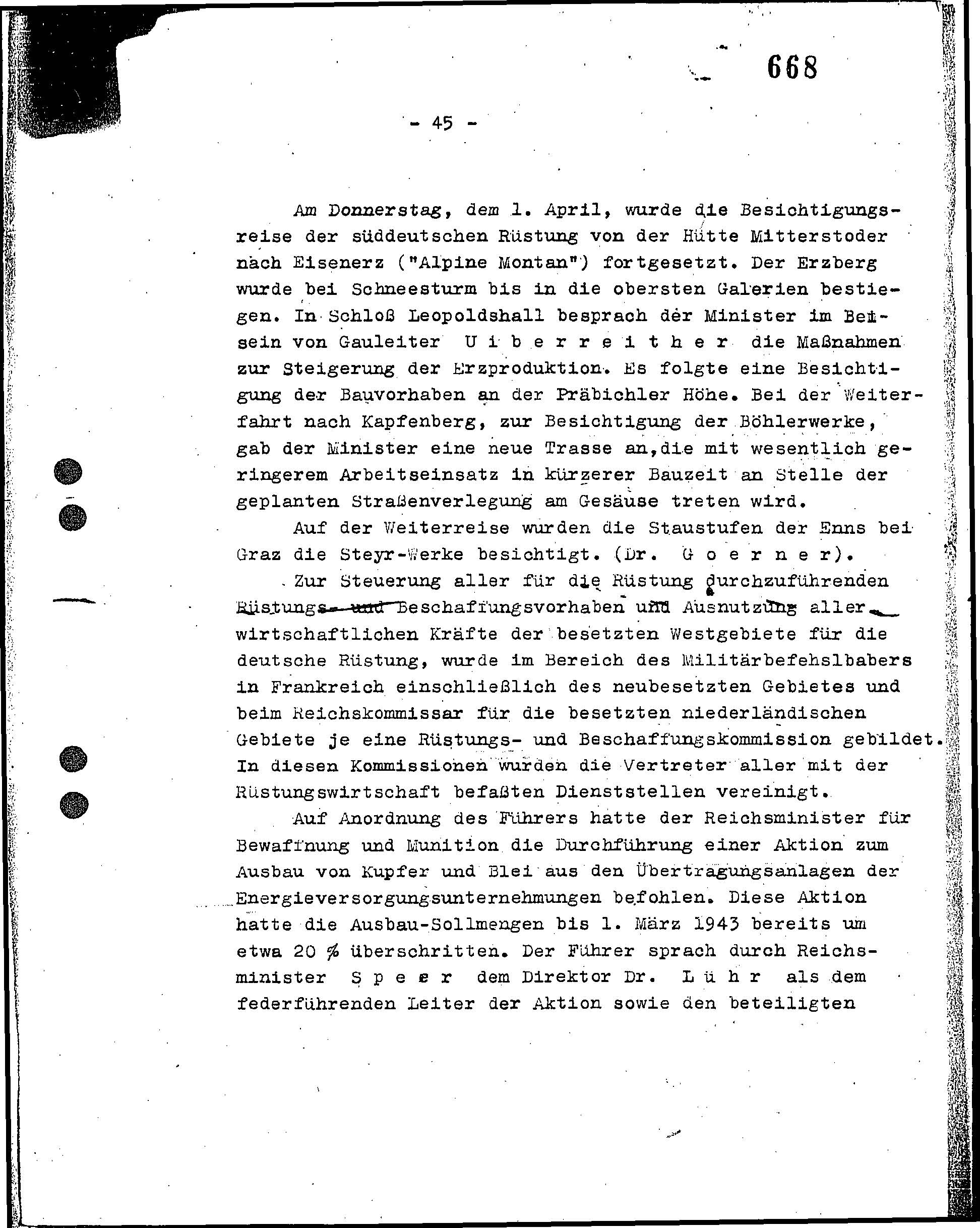
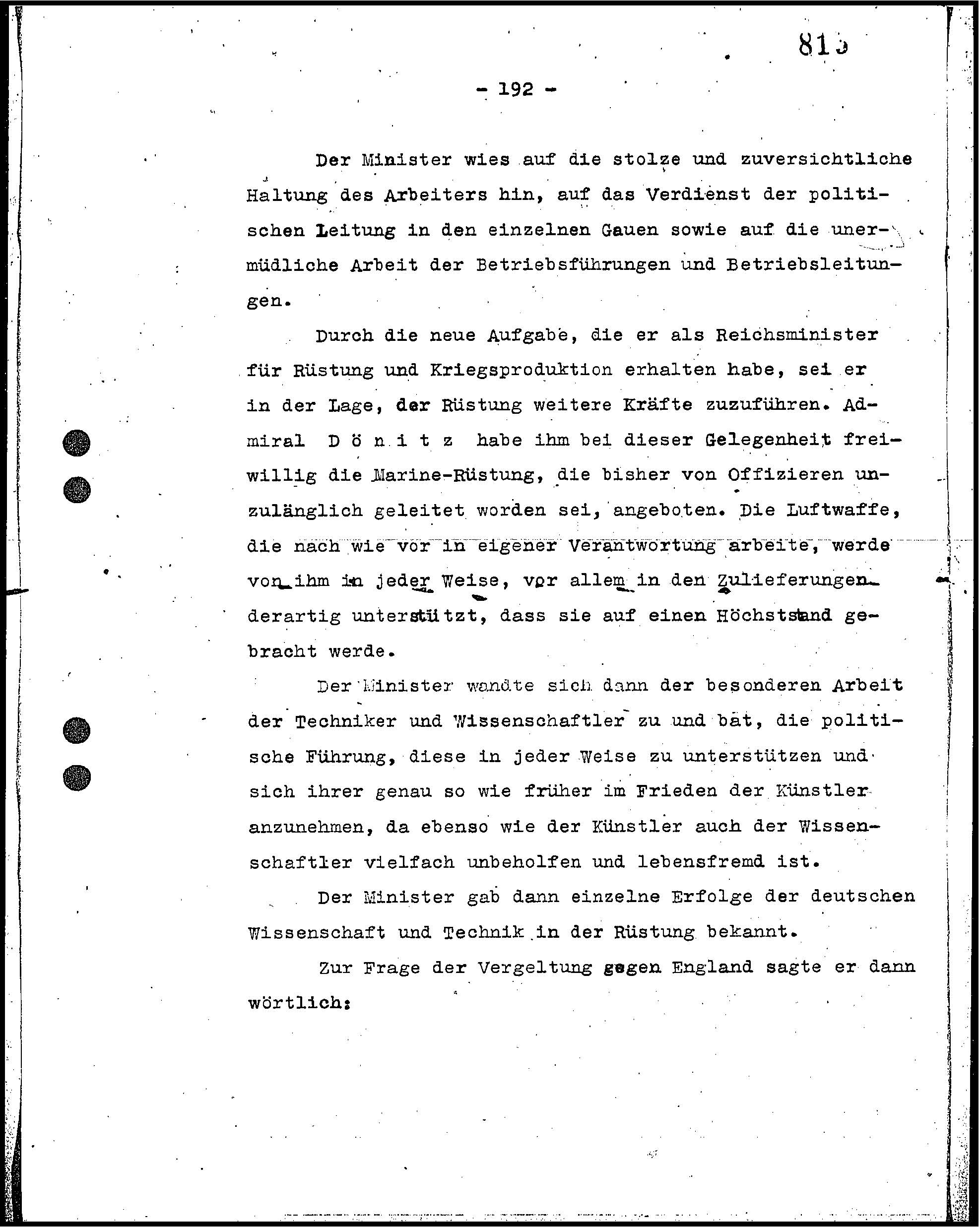
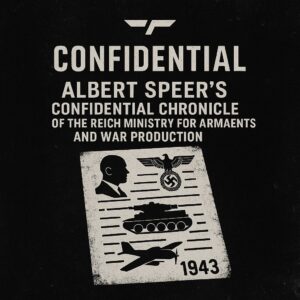
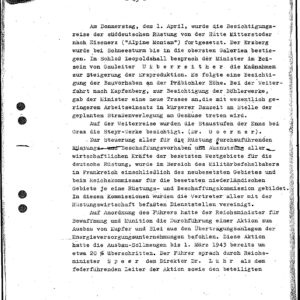

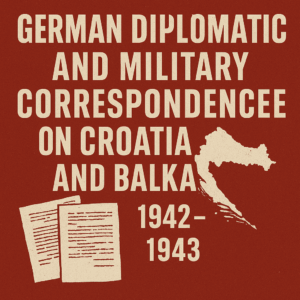


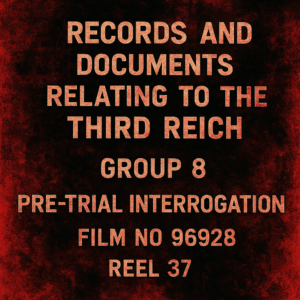

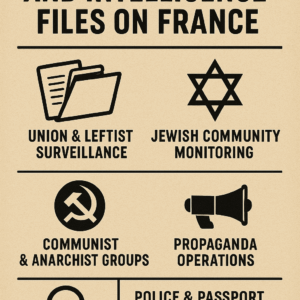

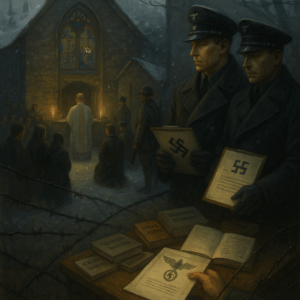
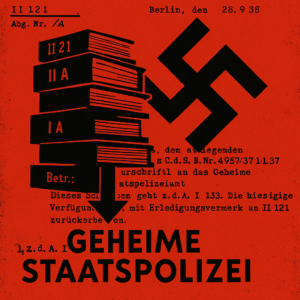
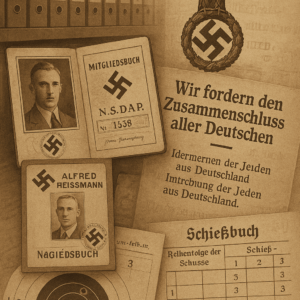

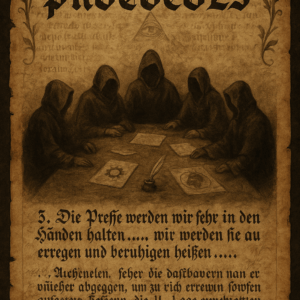
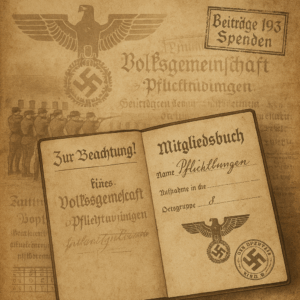
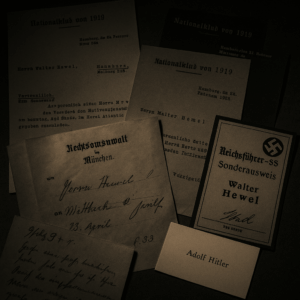
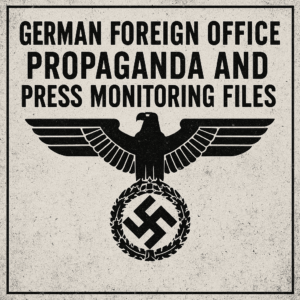
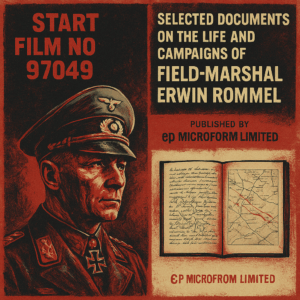
Reviews
There are no reviews yet.